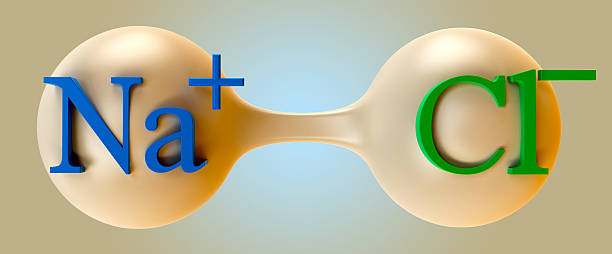Chloride

Chloride is one of two ions in the compound Sodium Chloride (salt). Safe Home has a few kits that provide drinking water testing for chloride in city water or well water supplies.
Parameter Type: Drinking Water Testing for Volatiles
Parameter Name: Chloride
What it is and Where it Comes From:
Chloride is a compound of chlorine with a salt or ester of hydrochloric acid. Chloride can affect taste and indicate saltwater intrusion. Chloride in surface and groundwater from both natural and anthropogenic sources, such as run-off containing road de-icing salts, the use of inorganic fertilizers, landfill leachates, septic tank effluents, animal feeds, industrial effluents, irrigation drainage, and seawater intrusion in coastal areas. Safe Home offers Laboratory drinking water testing kits for chloride, allowing you to collect your water sample and ship it directly to our EPA-Certified Laboratory. This platform of drinking water testing for chloride will give you an accurate level based on the lowest level of a parameter our instruments can detect (Method Detection Level). Safe Home drinking water testing for inorganics can be used for city and well water supplies. Drinking water testing should be done any time you notice a significant change in your water quality.
Health Effects:
Chloride is an essential nutrient for human health and the main source of chloride is from foods, with drinking water making up only a small portion of normal dietary intake. Chloride in drinking water is not harmful to most but can be monitored with drinking water testing. Most concerns are related to the frequent association of high chloride levels with elevated sodium levels. There is no health-based drinking water guideline for chloride however the Guidelines for Canadian Drinking Water Quality recommend and aesthetic objective for chloride levels of 250 mg/L, based on the potential for undesirable tastes at concentrations above this level, and the increased risk of corrosion of pipes. Prolonged exposure can damage the respiratory system. You can develop chest pain or coughing due to the water retention in the lungs.
Solutions to Contaminant Levels:
You have completed the drinking water testing process, what are the next steps? Chloride can be removed from drinking water with a Reverse Osmosis System. Reverse osmosis is a process that removes foreign contaminants, solid substances, large molecules, and minerals from water by using pressure to push it through specialized membranes. Here’s how reverse osmosis works. Unlike osmosis, which is a passive process, reverse osmosis requires external force (pressure) to work. Pressure is applied to a highly concentrated solute solution, such as salt water, to pass through a membrane to a lower concentrate solution. The membrane allows water to flow through but blocks out larger molecules, like contaminants. The reverse osmosis process leaves higher concentrations of solute on one side and only the solvent, or freshwater, on the other. Chloride can also be removed by deionization. Deionization is the removal of ions from a solution using an ion exchange process. Deionization is used for water purification and for medical purposes. Deionization (DI) filters have many names: Ion Exchange, Strong Acid/Strong Base, Polishing, Nuclear Grade. Nuclear grade DI filters can remove Inorganic chemicals down to very low parts per billion (ppb) levels. This makes them excellent for producing Ultra-Purified (Type I, 18.2 Megohm) water. What is the difference between reverse osmosis and deionization? RO and DI filters use different physical reactions to clean water. Reverse Osmosis (RO) is often used to partially clean-up tap water to make it roughly 90% to 99% pure. Deionization (DI) filters exchange positive hydrogen and negative hydroxyl molecules for positive and negative contaminant molecules in water. DI filtering and other processes are sometimes referred to as “water polishing.” Who do I need to contact to find out more information about water quality in my area? Every community water supplier must provide an annual report to its customers, known as a Consumer Confidence Report (CCR). The report provides information on your local drinking water quality, including the water’s source, contaminants found in the water, and how consumers can get involved in protecting drinking water. How often does the local public water system preform drinking water testing? Frequency of drinking water testing depends on the number of people served, the type of water source, and types of contaminants. Certain contaminants are tested more frequently than others, as established by the Safe Drinking Water Act. You can find out about levels of regulated contaminants in your treated water for the previous calendar year in your annual Consumer Confidence Report (CCR).


